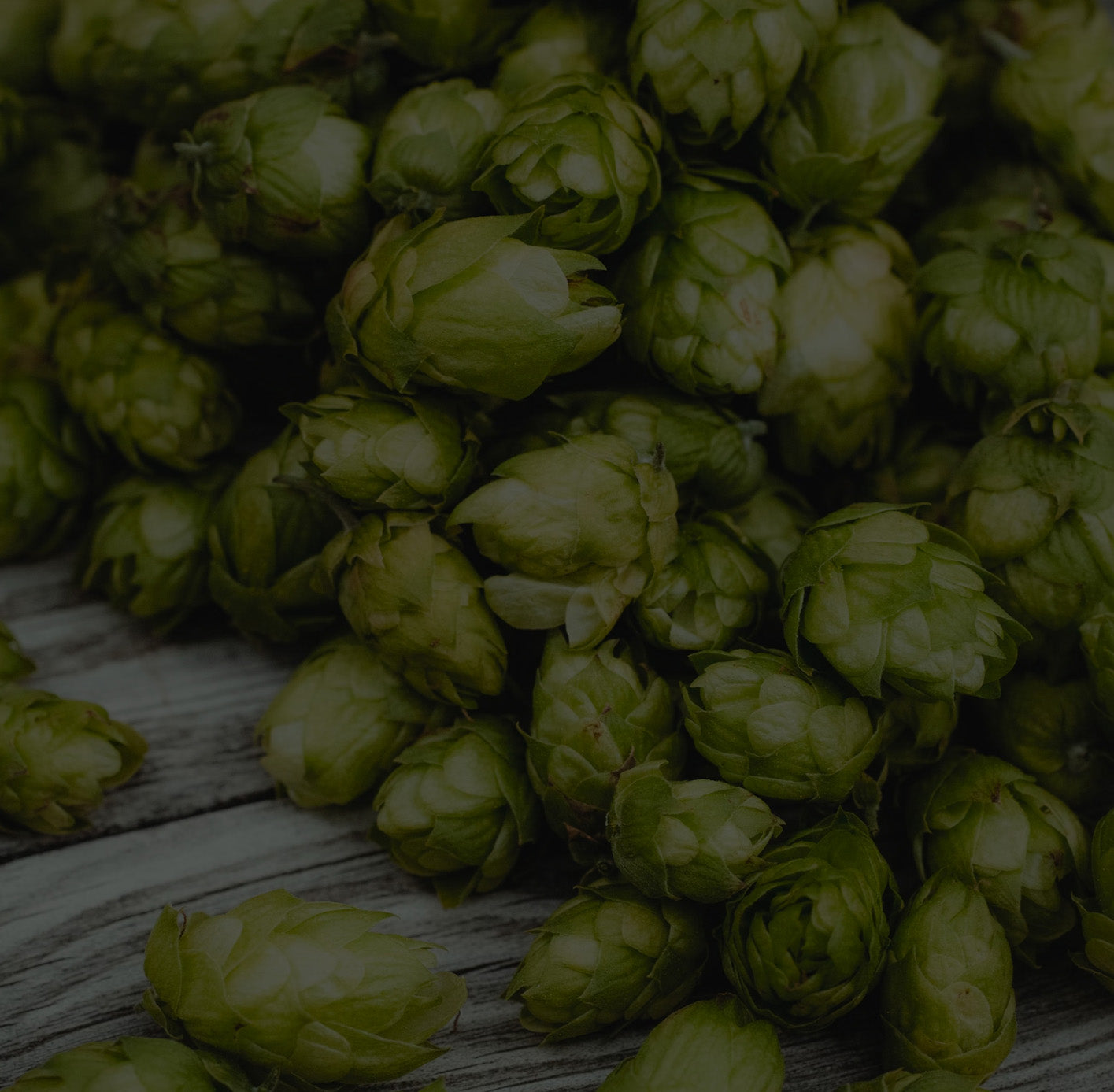
Trying to figure out what to drink for dry January? Trying to find a non-alcohol drink to guzzle for sober October? Look no further. We present to you, hop water. It's a non alcohol (or low alcohol, depending on how you make it) drink that is super easy and inexpensive to make.
Check out our video here:
What is hop water?
Hop water is simply lightly hopped water that has been carbonated. A small amount of sugar and yeast may be used to carbonate the beverage. However, the primary ingredients are hops and water.
Hop Water Ingredients
- 5.25 gallons of water
- A small amount of lemon juice or lactic acid (optional)
- 4-6 ounces of hops
- Priming Sugar (optional)
- Yeast (optional)
How is hop water made?
To make hop water, complete the following steps (our recipe is for 5 gallons):
- Add 5.25 gallons of water to a kettle
- Adjust pH (if you have a pH meter) using lactic acid or lemon juice to somewhere between 3.5 and 4.5
- Bring to a boil for 10 minutes
- Cool to 170 degrees
- Add 4-6 ounces of hops and let steep for 20 minutes
How is hop water carbonated?
The next steps in the procedure depend on whether or not the hop water will be kegged or bottled. First we'll describe kegging hop water. After that we'll describe bottling hop water.
How is hop water kegged ?
After step 5 in the first section, transfer hop water to a keg and chill to 40F or less. Attach a CO2 tank to the keg and set pressure to 50psi. Gently shake for 3 to 4 minutes. Reduce pressure to 12psi and serve.
How is hop water bottled and carbonated?
After step 5 above, chill hop water to 70F and transfer into a bottling bucket. Once the hop water is transferred, add a pack of yeast to it. We used Lalbrew Kveik Ale Yeast. It's important to rehydrate the yeast before you add it to the bucket. To do this, add some hop water to a jar, sprinkle the yeast into the jar, and shake it up. Add this mixture to your bucket of hop water.
Next, prepare your bottles by first cleaning and sanitizing them. Next add enough priming sugar tablets for "high carbonation" and use a bottling bucket and bottling wand to fill each bottle, leaving about an inch of head room. Seal with sanitized caps using a capper. Do not refrigerate at this point. The bottles must remain at room temperature for 1-3 weeks to allow yeast to eat sugar and produce carbon dioxide. Once carbonated, chill to 40F and serve.
Is hop water non alcohol or low alcohol?
Hop water that has been kegged and carbonated using a CO2 tank is zero alcohol. Hop water that has been bottled and carbonated using priming sugar and yeast contains a small amount of alcohol.






Leave a comment